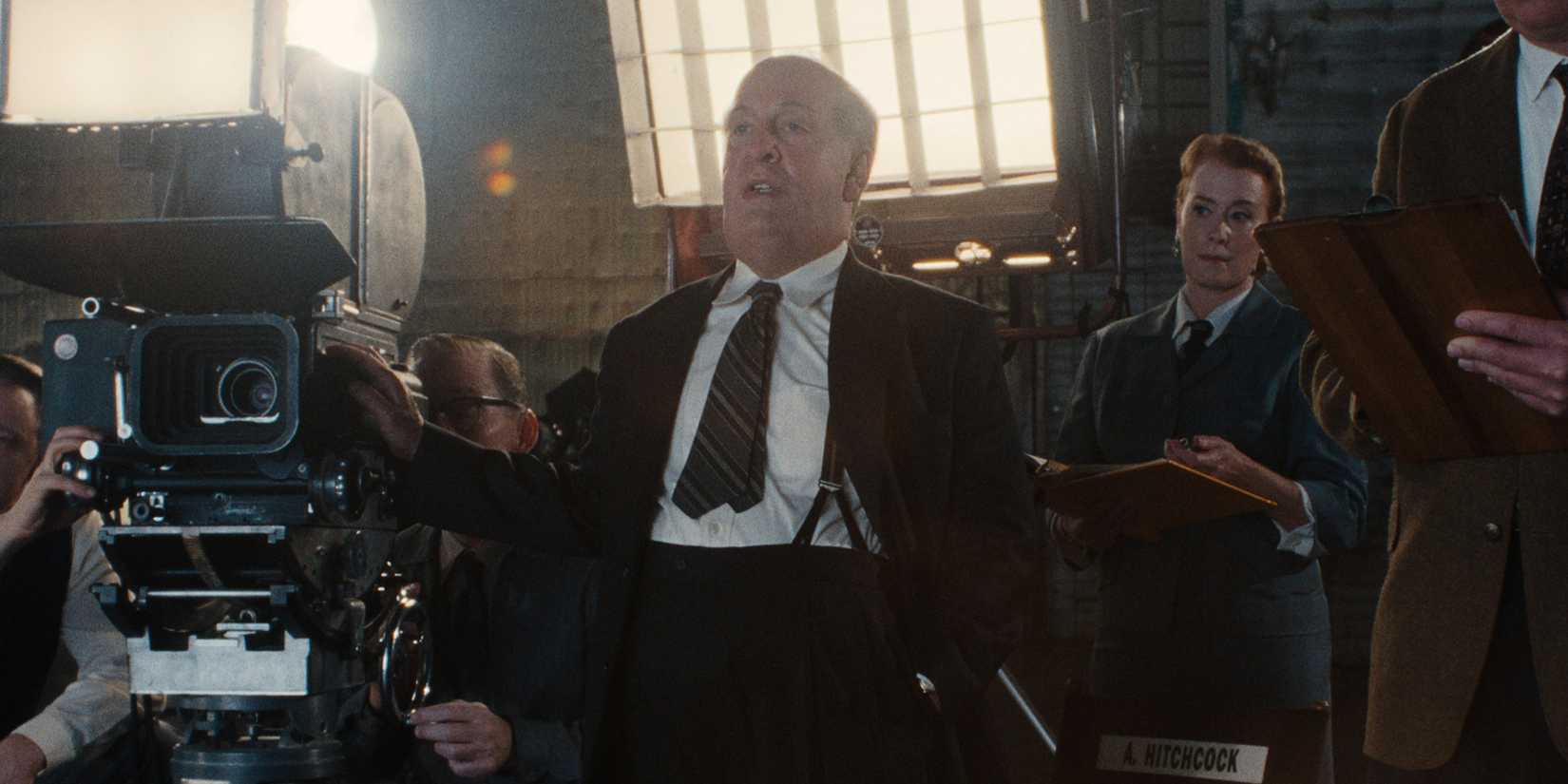
This article includes explanations of the violent crimes committed by Ed Gein. Readers may find the nature of these crimes to be disturbing.
Monster: The Ed Gein Story ends on a strange note, leaving audiences wondering what actually happened. Netflix’s latest installment of the controversial serial killer anthology, Monster, is here, examining the infamous killer. Charlie Hunnam leads Monster’s cast as the titular Ed Gein.
Monster’s final episode occurs decades after Gein’s confinement in a mental institution, where he’s been taking pills for schizophrenia and seems to be more adjusted than we previously saw him. However, word of his gruesome crimes has caught on, influencing numerous other serial killers around the country. The finale shows Gein reacting to his infamy, building toward his death.
Ed Gein’s Fate & Eventual Death Explained
First, it’s worth noting the real events surrounding Ed Gein’s death. Gein died on July 26, 1984, due to respiratory failure at Mendota Mental Health Institute in Wisconsin. He was 77 at the time and had been living at the institution for roughly six years. He was previously at Central State Hospital for the Criminally Insane, where he had lived since his arrest in 1957.
The TV series shows his life essentially flashing before his eyes moments before he dies. Instead of events from his past, however, we see Gein surrounded and applauded by other serial killers who had come to follow in his footsteps. Finally, he sees his mother, Augusta, the woman he’s always sought to please, who welcomes him into the afterlife.
Monster’s final scene shows Ed and Augusta sitting on a porch, where Augusta repeats the line, “Only a mother could love you,” which she said multiple times earlier in the series, prior to her death. The ending suggests that even in death, the most comforting setting for Ed was the abuse of his mother.
What Was Ed Gein’s Arrest, Conviction, & Diagnosis
Ed Gein was arrested in November 1957 for the murder of Bernice Worden. She was found in his barn, shot, mutilated, and decapitated, with her skin strung out like a hunted deer. It was then that police discovered the body of Mary Hogan, who had gone missing nearly three years earlier. These were the only two murders Ed Gein was confirmed to have committed, though he was linked to others.
Despite this, Gein was deemed unfit to stand trial due to having schizophrenia. Instead of prison, he was committed to a mental health facility where he was treated for the remainder of his life. It was deemed that Gein did not have control over his actions due to his condition.
Monster: The Ed Gein makes a point to examine how the titular figure’s actions influenced future killers and films. As shown, Gein was a source of inspiration for the classic horror film, Psycho, directed by Alfred Hitchcock, which laid the foundation for much of the contemporary horror film industry. Silence of the Lambs and The Texas Chainsaw Massacre were also influenced by him.
As for killers, infamous men such as Ed Kemper, Jeffrey Dahmer, and more, used methods or had similar upbringings to Ed Gein. This allowed profilers to establish parallels between them. The show’s finale is titled “The Godfather,” suggesting that Gein was the patriarch of such killers who followed in his footsteps.
The Ed Gein Story’s Mindhunter Reference Explained
If Monster season 3 finale’s FBI criminal profilers looked familiar, it’s because they were made to imitate the main characters of Mindhunter, another Netflix series. The crime thriller is known for exploring the early days of criminal psychological profiling, which involved interviewing infamous serial killers to determine psychological patterns in their behavior in hopes of capturing future assailants more quickly.
Monster pays homage to the series by having its own versions of those characters, evidently styled in the same way, interviewing Ed Gein. Gein then provides them with insight to help track down a killer, Ted Bundy. Mind you, this did not happen in real life.
How Accurate Monster: The Ed Gein Story Is To Real Life
To sum up, not very. Monster: The Ed Gein Story continues the trend of anthology shows like Monster’s previous seasons, Feud, and American Crime Story, by using real-world events and people as bullet points to tell a story that isn’t very accurate. The most glaring point to note, regarding historical accuracy, is that Ed Gein only killed two people.
Of course, there is plenty of speculation and evidence to link him to other crimes and incidents, such as the death of his brother, and the various other disappearances the show depicts, but there is no concrete proof to confirm them. Monster: The Ed Gein Story takes the speculation as an opportunity to dramatize events. Here is a list of some other notable inaccuracies:
- The real Adeline Watkins claimed that she denied Gein’s marriage proposal when it was offered. There is also nothing to suggest this happened at a graveyard or that they engaged romantically at one.
- Ed Gein did not help the FBI solve murders. Especially not Ted Bundy’s.
- Ed Gein did not have a babysitting job to trial being a parent, nor did he scare children with skin dug up from graves.
- There is no record that Ed Gein ate human meat or served it to other citizens in Plainview.
- There is no record that Ed Gein and Bernice Worden had a romantic relationship, or that she had a negative reputation surrounding her sex life.
- Adeline Watkins did not try to move to New York City or interview for a job with a photographer. Many of her similarities to Ed Gein are fabricated for the show.
- There are no records of the serial killers shown in episode 8 idolizing Ed Gein in such a way.
The Real Meaning Of Monster: The Ed Gein Story’s Ending Explained
This installment of Monster offers a depiction of an infamous serial killer in an interesting light, blaming his upbringing and disease for his horrific actions. The series challenges audiences to engage with Ed Gein from a point of understanding, but skims over the nuance of deviant behavior that a show like Mindhunter examines more closely.
The series also attempts to explore the cyclical nature of violence and its glorification in the media. Following his arrest, Gein became infamous for his abhorrent actions, and books and films were made with him as the influence. Then, other killers surface, inspired by him and determined to commit their own horrific acts. The cycle continues.
Star Charlie Hunnam asked Netflix Tudum, “Who was the monster? This poor boy, who was abused his whole life then left in total isolation, suffering from undiagnosed mental illness? Or the legion of people who sensationalized his life for entertainment and arguably darkened the American psyche and the global psyche in the process?“
This is an astonishingly ironic statement. Monster: The Ed Gein Story challenges the audience to sympathize with Gein, and in doing so, it becomes exactly what it attempts to critique, supplementing the narrative with numerous inaccuracies, exaggerations, and sexualizations for entertainment purposes. The media’s sensationalism and glorification of his actions are certainly monstrous, but let’s be clear, Ed Gein is not a victim.










